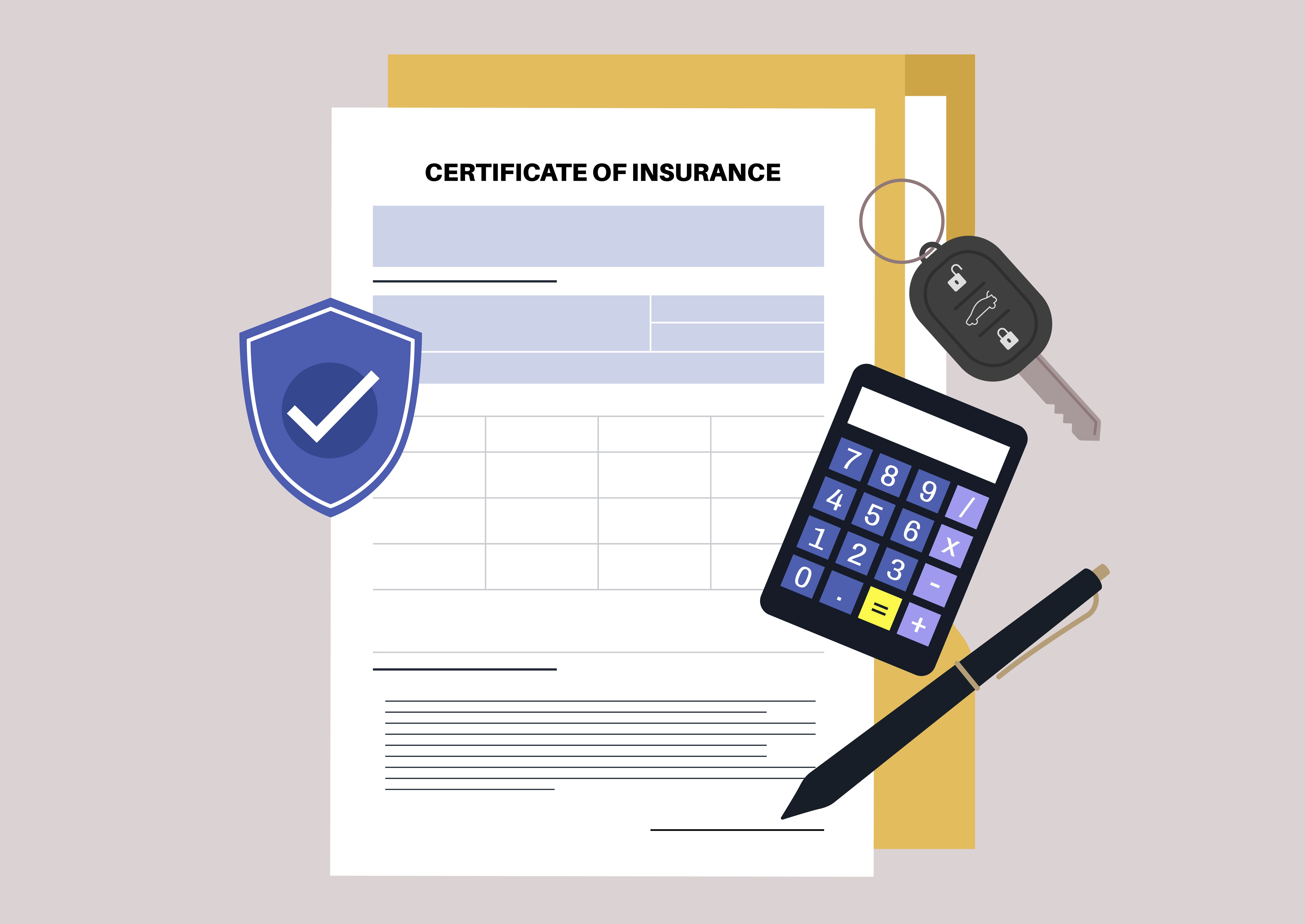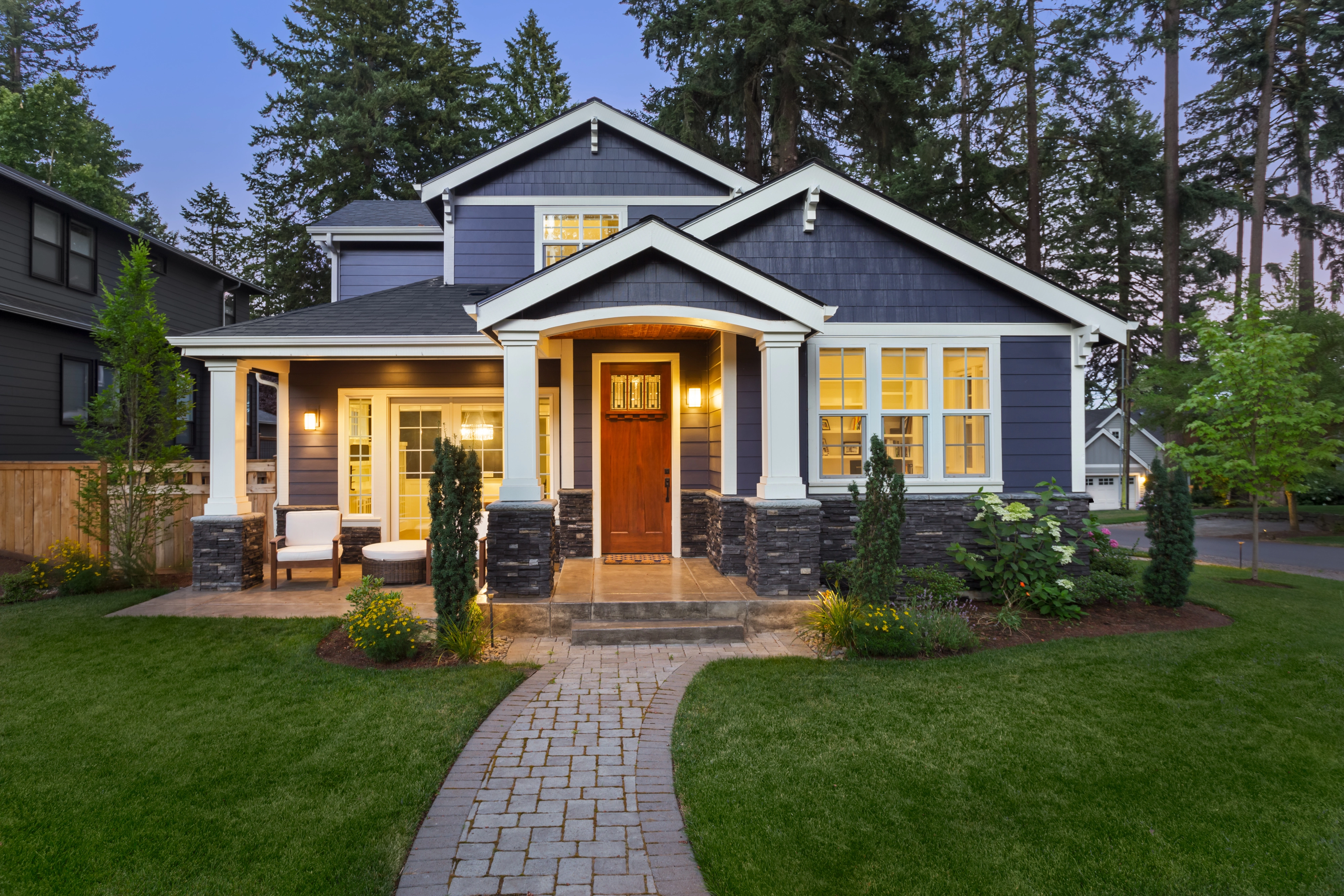EIFS, Moisture, and Mold

An Exterior Insulation Finish System (EIFS) is an insulated decorative finish system applied to the exterior walls of the home. Another term for this is synthetic stucco. On an exterior wall, we typically have 2x4 or 2x6 studs for framing. The sheathing (substrate) on the exterior side of the framing is typically plywood, OSB board, or something of that nature. Insulation board made of polystyrene (or similar material) is secured to the exterior wall surface by way of mechanical fasteners or adhesives. A synthetic basecoat material is applied on top of the insulation along with a fiberglass mesh. One or more finish coats are applied on top of the basecoat giving the wall a stucco-like finish appearance. Caulk is then used around doors and windows for additional seal and finish. The inside of the wall is typically finished with fiberglass insulation in the wall cavity. 4 mill poly (plastic sheathing) is glued or stapled to the face of the interior studs as a vapor barrier prior to hanging drywall.
Unfortunately, many walls that use EIFS have moisture within the wall. Over the years, there have been several attempts to resolve this problem, including creating a drainage system behind the insulation board or caulking and painting the EIFS with water-resistance paint. Preventing the water from getting behind the EIFS from the outside is a must. Installing gutters to divert rain water away from the surface is encouraged, but unfortunately that can’t stop the entire problem.
When you install EIFS on the exterior wall, it acts as a vapor barrier on the cold side of that wall. When fiberglass-batt insulation is then installed in the wall cavity, condensation occurs inside the wall at the (substrate) sheathing when a contrast in temperature exists from inside to outside. The best part about Tyvek house wrap is that not only does it have an R-5 value, but it also allows the wall to breathe. When you use EIFS, the wall does not breathe.
A Solution
Using closed-cell polyurethane spray foam (R-value of 6.8 per inch) rather than fiberglass-batt insulation on an exterior EIFS wall can stop the condensation within the wall cavity and help eliminate moisture. Filling a 2x6 wall with 4 1/2 inches or a 2x4 wall with 2 1/2 inches of foam insulation will give you a 1-inch air space between the foam and the back of the inside drywall. This 1-inch air space will give a warm feel at the wall in winter. Keep in mind that it is not recommended to mix foam and fiberglass together.
It is always wise to seek professional advice on a subject from someone who is unbiased and has your best interest in mind. EIFS is beautiful and can dress up any building, but from my experience, I would recommend keeping it at a minimum of three feet off the ground because of its vulnerability to damage caused by traffic.
An insurance company that cares about you and insuring the things you wish to be insured.
Get a Quote> Find an Agent>

